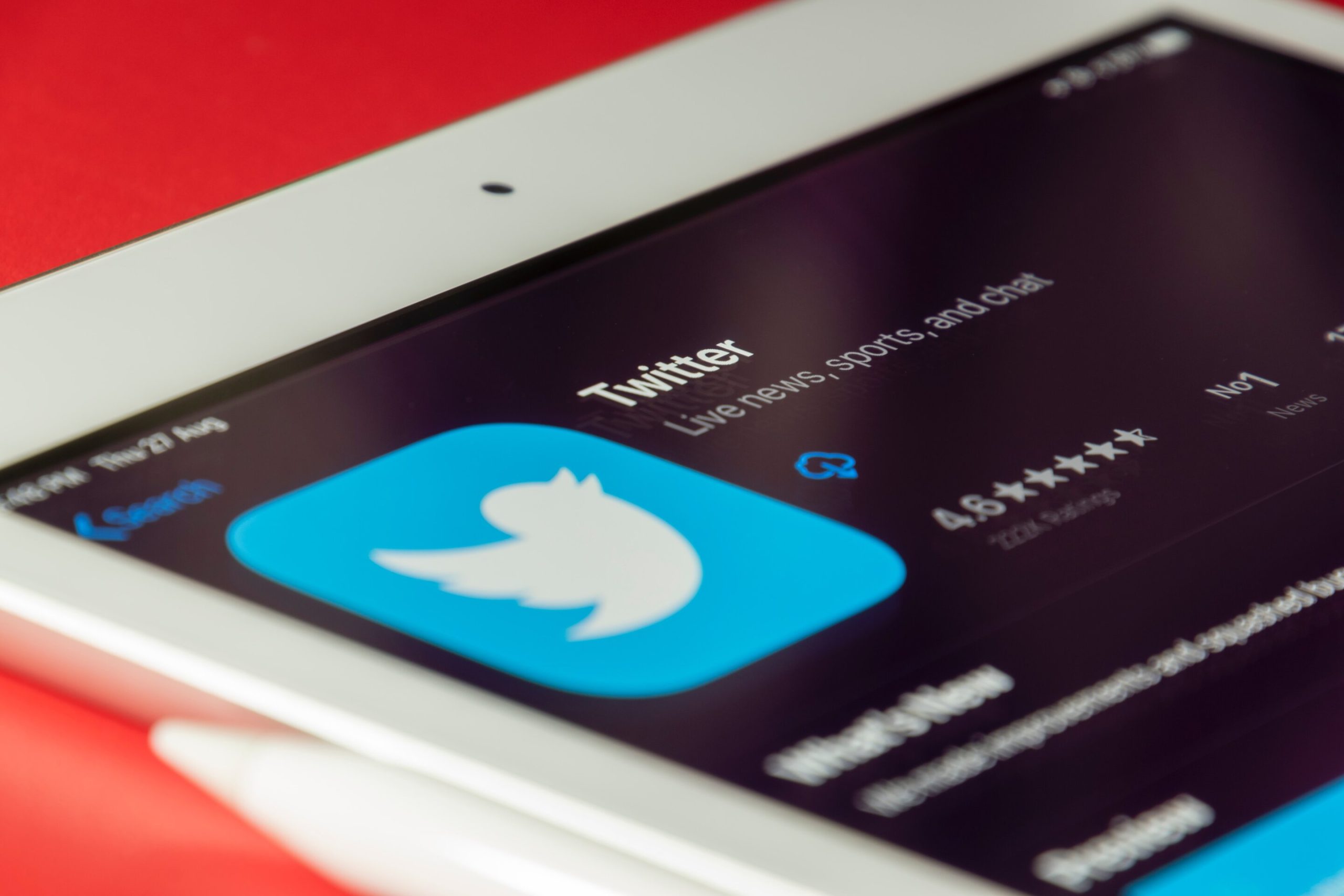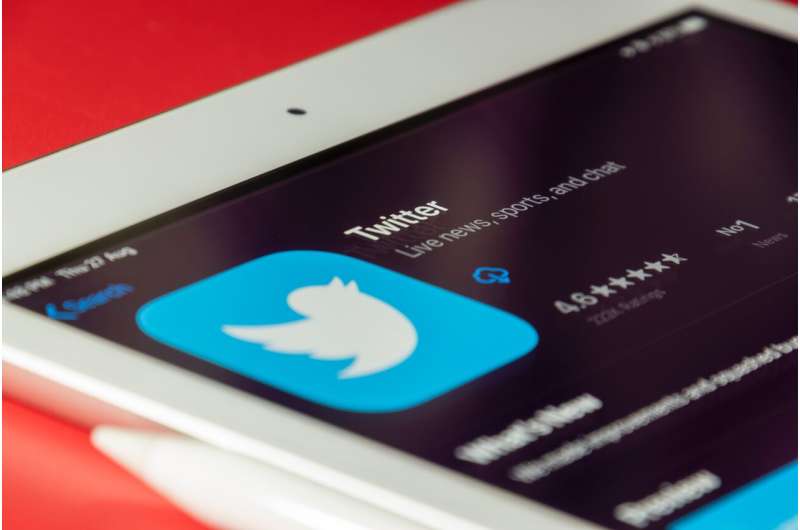

Artificial intelligence and text mining techniques can be used to detect paranoia among social media users. Specifically, work published in the International Journal of Computational Science and Engineering, has examined the behavior of Twitter users in their updates regarding the COVID-19 pandemic in order to detect personality disorders associated with paranoia.
Mourad Ellouze, Seifeddine Mechti, Moez Krichen, and Lamia Hadrich Belguith of the University of Sfax in Tunisia and Vinayakumar Ravi of the Prince Mohammad Bin Fahd University in Khobar, Saudi Arabia, suggest that the behavior of people towards the pandemic driven by mistrust of authority and fueled by disinformation has somewhat hindered the way in which we have dealt with this global crisis.
The team suggests that in parallel with this general behavior among some people there is a more worrying reaction among those with serious mental health problems associated with paranoia. Such conditions, when faced with the existential angst presented by a lethal pandemic, can lead to serious anxiety, grief, and suicidal thoughts.
Ultimately, the team’s analysis of Twitter users discussing COVID-19 could allow them to find people who may be suffering unduly and may be entering a personal crisis. In other words, the tools they discuss could be used as a proxy diagnostic that could allow qualified professionals to offer an appropriate intervention for patients with paranoia. Perhaps it might also be used to guide decisions made by Twitter itself and its algorithms that lower risk for its vulnerable users.
Pandemic models need to be responsive
Mourad Ellouze et al, A deep learning approach for detecting the behaviour of people having personality disorders towards COVID-19 from Twitter, International Journal of Computational Science and Engineering (2022). DOI: 10.1504/IJCSE.2022.124553
Citation:
Detecting paranoia among social media users (2022, August 3)
retrieved 3 August 2022
from https://phys.org/news/2022-08-paranoia-social-media-users.html
This document is subject to copyright. Apart from any fair dealing for the purpose of private study or research, no
part may be reproduced without the written permission. The content is provided for information purposes only.

